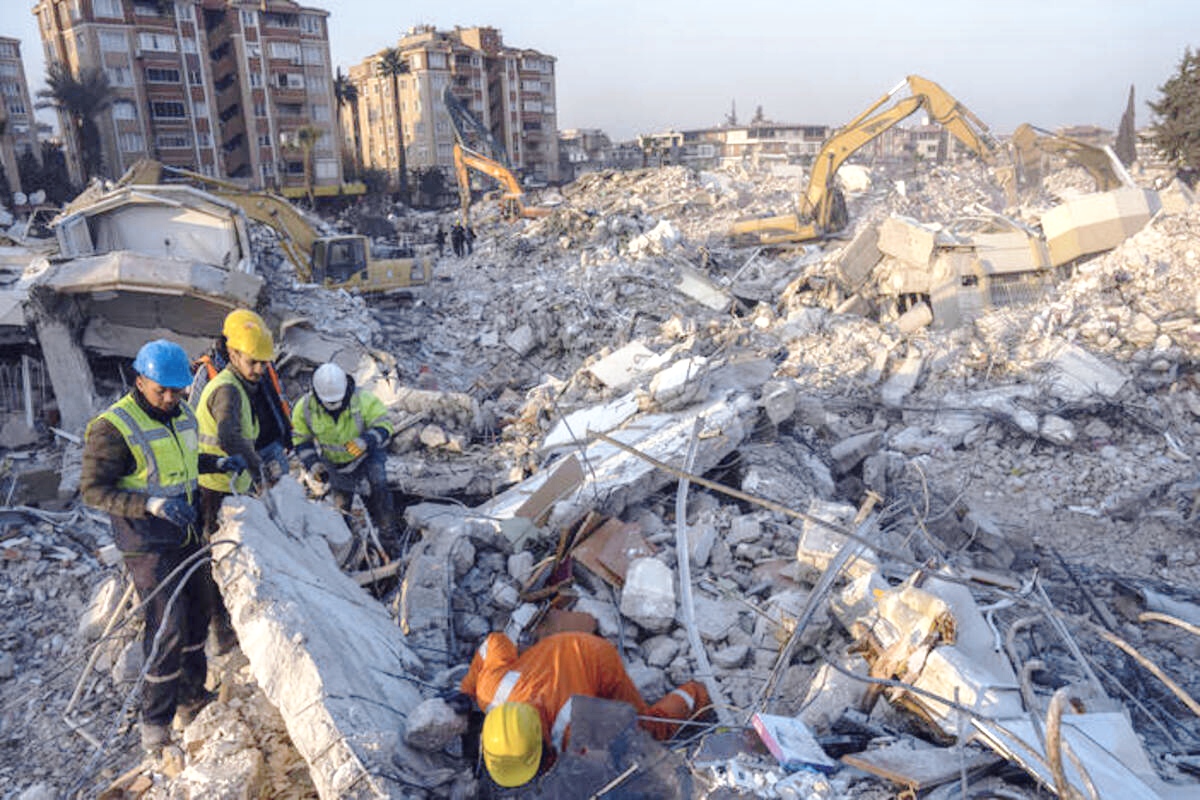In this article I will discuss about Disaster Resettlement, Rehabilitation And Reconstruction.

Table of Contents
Introduction
Rehabilitation and reconstruction after a disaster involves taking measures to alleviate the problems faced by those affected by the disaster. It is essential to provide assistance to victims to help them return to their homes once the disaster has passed. For example, if their homes have been damaged, they may need help to rebuild them. In areas that are prone to flooding, it may be necessary to provide new settlement areas that are safe. Financial aid may be required to help construct new homes, and the new area must have essential infrastructure such as approach roads, water supply, and electricity.
Compensation must also be provided for any loss of life or crops that may have occurred as a result of the disaster. New settlements should be equipped with essential facilities such as schools and hospitals. All efforts must be made to restore normalcy as quickly as possible to ensure that those affected can resume their daily lives.
What Is Disaster Resettlement?
Disaster resettlement is the act of relocating individuals, families, or communities from areas affected by natural or human-made disasters to a safer location. Its purpose is to ensure that people who have been displaced due to the damage caused by disasters have access to safe and secure housing, basic necessities such as food and water, and other essential services like medical care, education, and employment.
This process is usually a joint effort between government agencies, non-governmental organizations, and other stakeholders. However, it can be a challenging and intricate process as it involves finding appropriate housing and infrastructure, addressing the emotional and psychological needs of people who have undergone trauma and loss, and providing support to the affected communities.
It is crucial to involve the affected communities in decision-making and planning to ensure that the resettlement process is sensitive and meets their needs.
What Is Disaster Rehabilitation?
Disaster rehabilitation refers to the process of restoring communities, infrastructure, and other systems that have been affected by a natural or human-made disaster. The goal is to help affected communities return to a state of normalcy as quickly and safely as possible.
This process includes providing emergency relief to those affected, assessing damage to infrastructure, restoring basic services, reconstructing damaged homes and buildings, and providing psychological support to affected individuals.
The process of disaster rehabilitation is complex and requires collaboration among various groups. It requires a comprehensive approach to address the immediate needs of those affected and the longer-term recovery and rebuilding efforts.
What Is Disaster Reconstruction Work?
Disaster reconstruction work is the process of rebuilding and restoring communities and infrastructure that have been damaged or destroyed by disasters such as hurricanes, earthquakes, wildfires, or acts of terrorism.
It involves providing short-term emergency relief and longer-term efforts to rebuild homes, businesses, and public infrastructure.
This work is done by a range of professionals, including engineers, architects, construction workers, government officials, and non-profit organizations, with the goal of helping affected communities recover and rebuild in a safe, sustainable, and resilient way.
